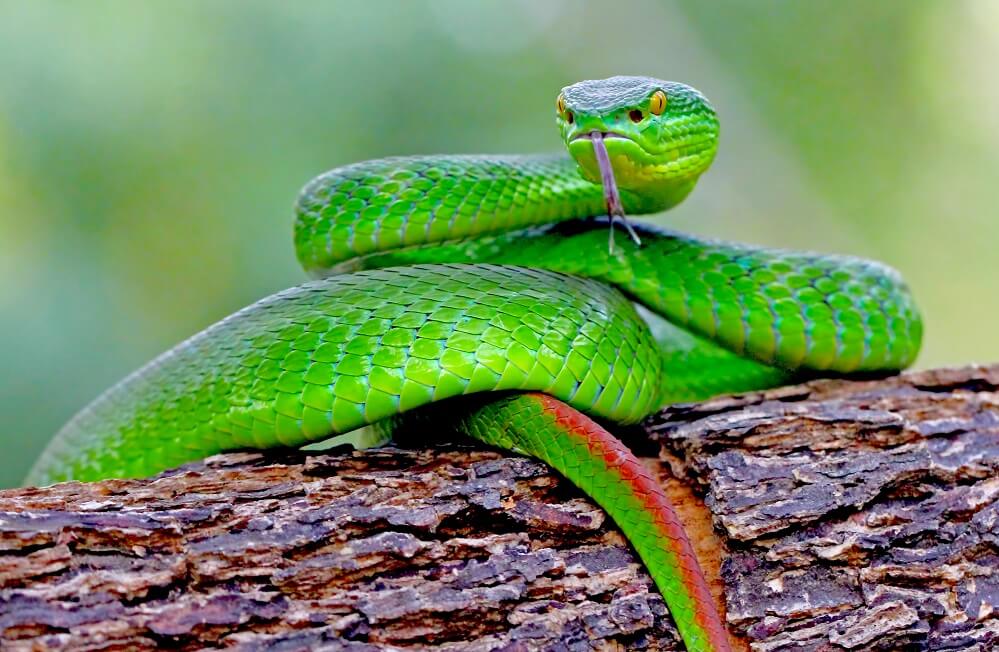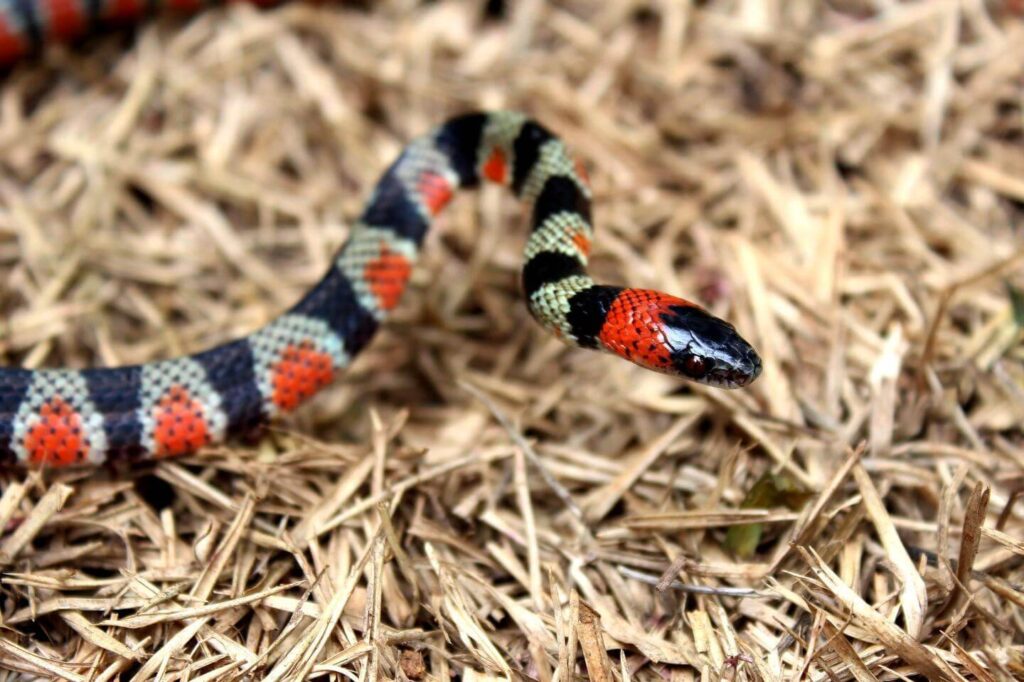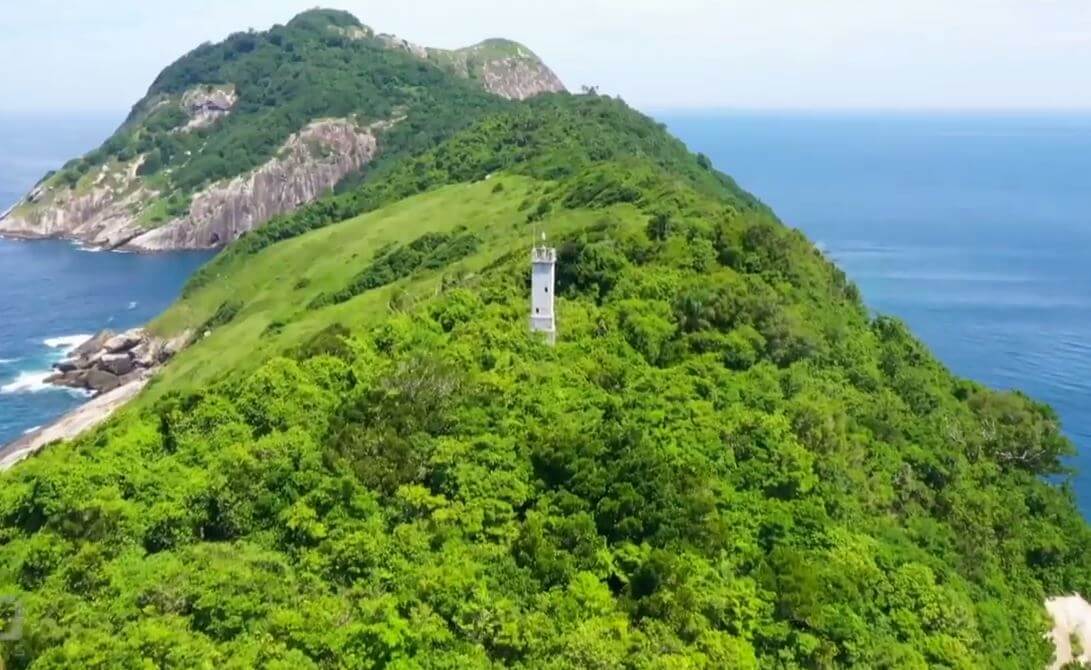In the Atlantic Ocean, not far from Sao Paulo, one of the largest cities in Brazil, there is a small uninhabited island that has long been forbidden to even the common people. People with permits can fish and swim near the island, but no one is allowed to land on its shore.
Few people have set foot on this island. For example, a fully automatic lighthouse was built there. By the way, the island is controlled by a special military unit, and only scientists with special permits have conducted research under high security. But there is no way for ordinary people who want to see things to get here.
The island is under constant surveillance by the military and has no beaches, and is surrounded on all sides by cliffs at least 50 meters high. There is a big reason behind all these bans. This island is called “Ilha da Queimada Grande“, but locals call it “Snake Island“, so you can see what kind of “residents” it has.
Golden Snake

Many kinds of snakes live on the island, including the world’s most poisonous snake. A mouse bitten by him suffocates within 2 seconds. If a person is bitten, of course, it can be fatal within 2 minutes. The IUD for that snake venom is not yet available. This terrible snake is called Bothrops (Bothrops insularis) and it lives nowhere else on the island. Bothrops are considered an endangered species, which was the main reason for the authorities to close the island.
Thanks to this, in modern times, not a single person has been officially registered. Local residents (of course, those who live on the mainland) tell stories of people who have been bitten by it in the past almost as a myth, so no one wants to visit snake island. Bothrops, nicknamed “golden snake”, is really golden yellow in color and can reach one meter in length. At the same time, this snake lives only on trees and shrubs.

Interestingly, the population of other species of Bothrops /insularis/ snakes, on the contrary, has been increasing in recent years (insularis is also known as the American spearhead snake. This type of snake lives in large numbers in Central and South America).
Bothrops waits very patiently for their prey on the tree branches, and can suddenly jump and catch them when a variety of birds approach. This snake hunts tirelessly even in the dark because it can sense the body heat of surrounding animals very well.
Queimada Grande

Interestingly, the island’s name Queimada Grande (which translates to “burnt island”) comes from an event that took place on the island in the past. Fishermen came to the island and set fire to the fire to scare away the snakes, causing a “big fire” and hence the name “burnt island”.
By the way, the aforementioned lighthouse was built in 1909, and at first, the tower keeper and his family were the only inhabitants of the island. According to some sources, there was no one alive for more than 50 years because once a guard died of a snake bite along with his family members. However, in the late 90s, the lighthouse was renovated and equipped with automatic lights, so it was possible to control the lighthouse without the need for a guard.


